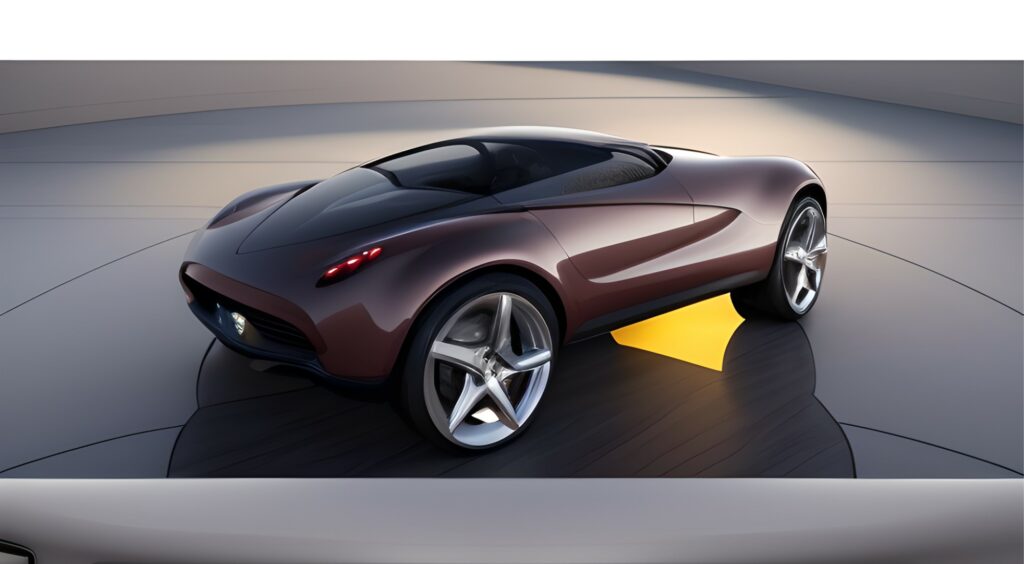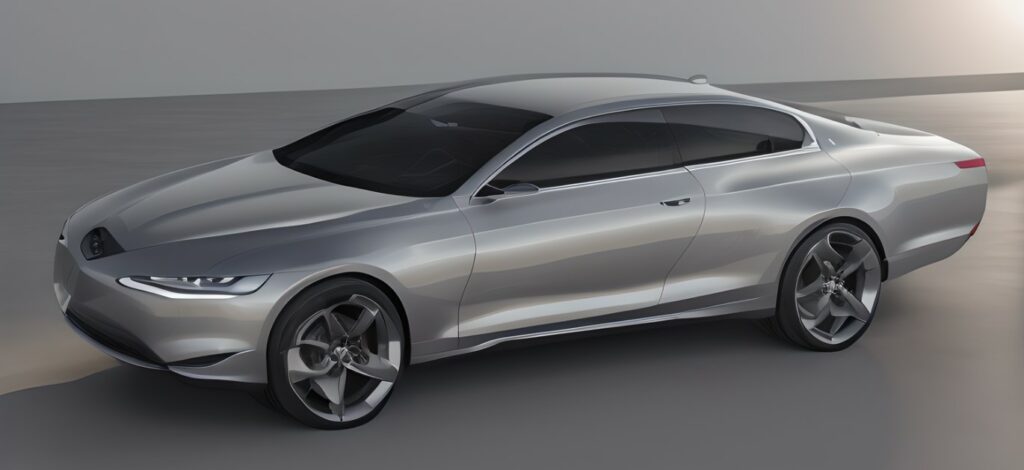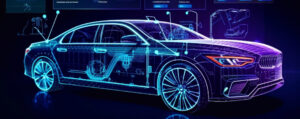The Rise of AI in the Automotive Industry, in Car Design and in Art


The pace at which industries, including the automotive industry, adapt to artificial intelligence (AI) is influenced by several factors, making it challenging to predict precisely. However, there are some key considerations:
1. Technological Maturity: The adaptation to AI in the automotive industry may be relatively quicker than the shift to electric vehicles (EVs) due to the maturity of AI technologies. Many automakers are already integrating AI into their vehicles for features like advanced driver assistance systems (ADAS), self-driving capabilities, and improved user experiences. As AI technologies continue to mature and become more accessible, their adoption in the automotive sector is likely to accelerate.
2. Regulation and Standards:
Government regulations and industry standards are significant drivers for AI adoption. Governments and organizations worldwide are working to establish guidelines for the safe and ethical use of AI in various industries, including automotive. These regulations provide clarity and a framework for automakers to follow, which can expedite the adoption of AI technologies.
3. Market Demand:
Consumer demand is a crucial factor in driving AI adoption in the automotive industry. As consumers become more tech-savvy and seek advanced features in their vehicles, automakers are responding by integrating AI-driven functionalities. Features like voice assistants, predictive maintenance, and connected services are becoming selling points for many car buyers, accelerating the adoption of AI.
4. Competitive Pressure:
Competition among automakers is a powerful driver of AI integration. When one company introduces successful AI-driven features or autonomous capabilities, others are pressured to keep up or exceed those capabilities to remain competitive in the market. This competitive environment pushes the industry to advance and adopt AI faster.

5. Technological Challenges:
The automotive industry faces various technical challenges in AI adoption, such as ensuring the safety, reliability, and security of AI systems. Overcoming these challenges takes time and resources, which can affect the pace of adaptation. However, as these issues are addressed and resolved, the adoption process becomes smoother.
6. Investment and Research:
Investments in AI research and development are widespread in the automotive sector. Automakers, tech companies, and startups are dedicating significant resources to developing AI technologies for vehicles. This research and investment lead to advancements in AI capabilities, making it more advanced and affordable, thus accelerating adoption.
7. Existing Infrastructure:
The adaptation of AI can be influenced by existing infrastructure and technology. Transitioning to electric vehicles (EVs) required establishing charging infrastructure. Similarly, AI adoption may involve upgrading or adapting existing infrastructure, including communication networks, cloud services, and sensor arrays for autonomous vehicles.

The pace of adaptation to artificial intelligence (AI) in automotive design and the broader field of the arts is likely to vary, but several factors will influence the speed of this adaptation:
1. Automotive Design:
- Technological Maturity: AI technologies are already integrated into automotive design for applications like advanced driver assistance systems (ADAS), autonomous driving, and predictive maintenance. The automotive industry is well into its AI integration journey.
- Regulation and Safety: The adoption of AI in automotive design is subject to stringent safety regulations. It requires a careful balance between innovation and ensuring the technology’s safety and reliability. This might slightly slow the pace, but regulations also serve as safeguards.
- Competition: The competitive nature of the automotive industry will continue to drive rapid AI integration. Companies that successfully integrate AI into their vehicles can gain a significant edge in terms of safety, convenience, and customer experience.
- Consumer Demand: The demand for AI-driven features is on the rise. Consumers expect intelligent infotainment systems, voice assistants, driver monitoring systems, and autonomous capabilities. This demand fuels the integration of AI into automotive design.

2. The Arts in General:
- Technological Integration: In the arts, AI is already making strides in areas like music composition, visual art creation, and even writing. The pace of AI adoption in the arts will largely depend on the willingness of artists and creators to experiment with AI tools and platforms.
- Creativity and Human Involvement: The arts are deeply rooted in human creativity, emotion, and expression. While AI can assist and enhance the creative process, there is likely to be a continued preference for human creativity, and AI is more likely to be used as a tool rather than a replacement.
- Education and Training: The speed of AI adoption in the arts may also depend on the availability of training and education in AI tools for artists and creators. As artists become more familiar with AI, the pace of adoption is likely to increase.
- Cross-Disciplinary Collaboration: Collaborations between artists and technologists are increasingly common. This can accelerate AI adoption as artists and technologists work together to explore new possibilities.
In summary, the automotive industry’s adaptation to AI is well underway and is expected to continue at a relatively faster pace than the transition from internal combustion engines (ICE) to electric vehicles (EVs). The factors driving this transition are multifaceted and interconnected, and they vary by region, market segment, and specific AI applications. As AI technologies continue to evolve, we can anticipate more advanced AI-driven features and, eventually, widespread autonomous vehicles on the road, transforming the automotive landscape in the coming years.
While the adaptation to AI in automotive design has already made significant progress and is expected to continue at a relatively fast pace, AI adoption in the arts will likely be more nuanced. The arts will continue to be driven by human creativity and emotion, with AI serving as a tool to assist and enhance creative processes. The speed of AI adoption in both areas will depend on factors such as regulation, consumer demand, competition, and the readiness of individuals and organizations to embrace and experiment with AI technologies.


















